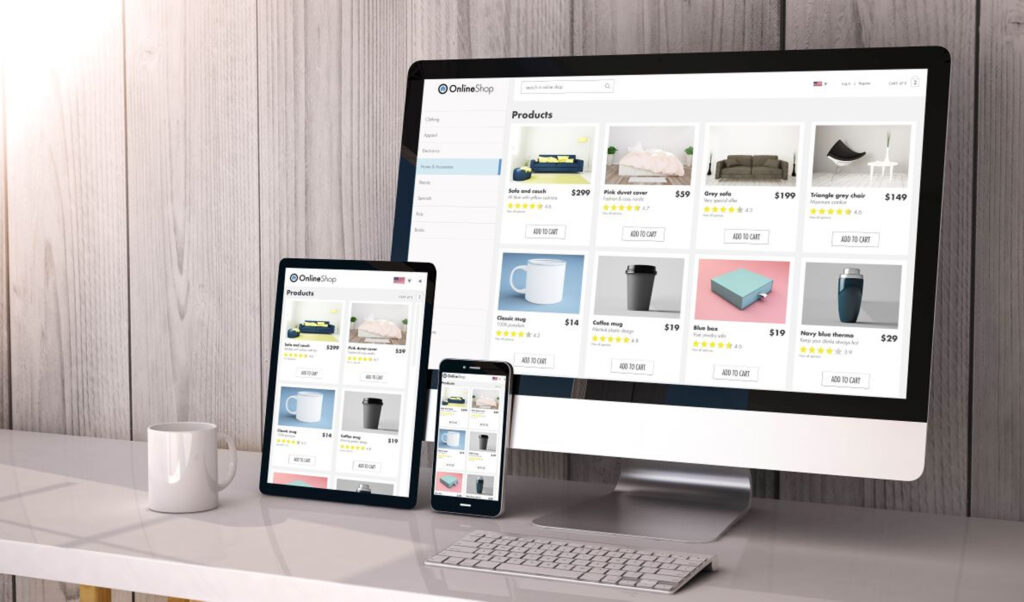
Starting your first online store can be both exciting and overwhelming. With so many e-commerce platforms available, making the right choice is essential. Choose the right e-commerce platform for beginners. Fortunately, by following a few structured steps, beginners can confidently choose a platform that matches their goals and helps build a successful business.
To begin with, think carefully about what you plan to sell and who your audience is. For example, selling digital items requires different tools than shipping physical goods. Additionally, ask yourself if you plan to grow quickly or stay small and manageable. By outlining your needs early, you reduce confusion and focus only on platforms that suit your goals.
Next, prioritize platforms that are easy to use, especially if you have no coding experience. Shopify, for example, is a beginner favorite for its clean dashboard and drag-and-drop builder (TechRadar, 2025). Likewise, Wix offers guided templates and helpful tutorials that walk you through setup (Online Seller DXB, 2025). In short, the easier the setup, the faster you can start selling.
After that, explore which features come built-in with each platform. Key features include payment options, inventory control, mobile responsiveness, and SEO tools. Moreover, consider if the platform supports multiple languages or currencies if you plan to sell internationally. BigCommerce, for instance, includes these tools without requiring extra plugins (We Are Simply VA, 2025). Additionally, features like real-time shipping rates and customer reviews are worth considering.
Furthermore, think long term. A platform that works well now should also support your future growth. As your store scales, you’ll need stronger infrastructure, better reporting tools, and more product space. BigCommerce stands out for its scalability and ability to support large catalogs (Shopping Cart Migration, 2025). In the same way, consider whether the platform integrates well with third-party apps and marketplaces.
Equally important is how well the platform supports design customization. Your store should reflect your brand’s personality and values. Platforms like Squarespace make this easy with elegant, editable templates and intuitive design tools (We Are Simply VA, 2025). In addition, having flexible design options allows you to stand out from the competition and create a memorable customer experience.
Before deciding, it’s crucial to understand what each platform will cost you. Look beyond the monthly fee to include transaction costs, premium apps, and themes. Shopify’s basic plan starts at $29/month, but add-ons can raise expenses quickly (TechRadar, 2025). Therefore, compare total pricing across platforms to avoid budget surprises. Also, consider whether the platform offers a free plan or trial to get started.
Additionally, customer support can make or break your early experience. As a beginner, you may need help often, so strong support is essential. Shopify, for example, offers 24/7 chat, phone, and email support. Moreover, look for platforms with active user forums, helpful documentation, or video tutorials. Quick and helpful responses save time and prevent small issues from becoming major problems.
Finally, don’t forget to test the platform before signing up long term. Most platforms offer free trials or live demos so you can explore tools and usability. This trial period allows you to see if the interface is intuitive, the features meet your needs, and the performance is reliable. In other words, test driving helps you avoid buyer’s remorse and make a confident choice.
All things considered, choosing the right e-commerce platform involves more than just price or popularity. By clearly identifying your needs, prioritizing usability, comparing features, and testing the platform, you’ll be better prepared to succeed. Whether you’re selling handmade products or launching a full catalog, taking these simple steps will help you choose a platform that grows with you and supports your vision every step of the way.